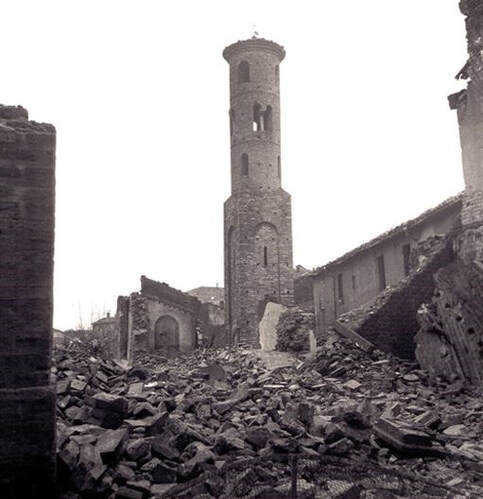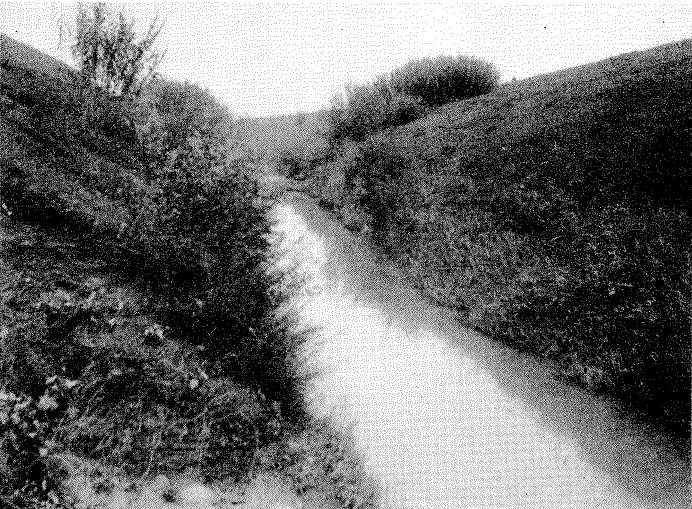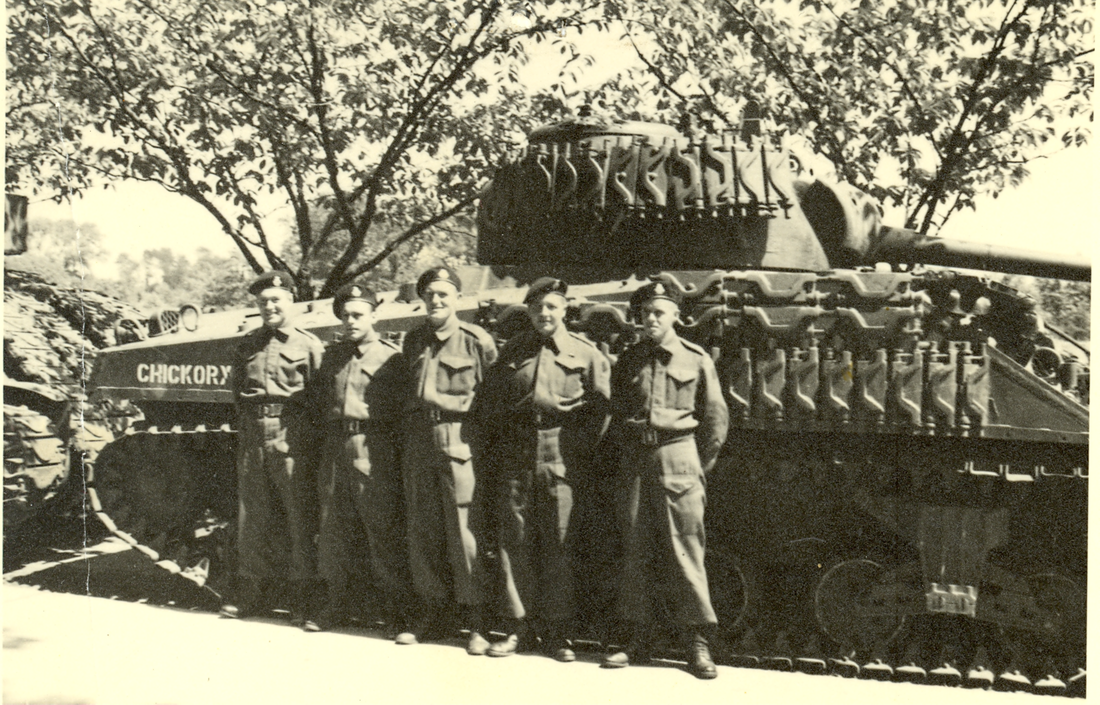The attack went of the night of December 10th, 1944. Several infantry divisions used boats and inflatable bridges to cross the river, swelled 60 feet across by Italy’s winter rains. The 48th Cape Breton Highlanders, Carleton and Yorks and West Nova Scotians all crossed that night. Engineers erected bridgeheads across the river. The enemy had been disorganized by the tanks of the 12th Royal Tank Regiment of Britain, and hadn’t recovered when the initial assault began. The advance was swift and effective. By two in the morning, the Canadians had captured several towns on the north bank of the Lamone, and taken over a hundred prisoners. The Desert Air Force was doing its job well, performing 312 sorties on December 11th alone.
It was on the eleventh that the Germans regrouped and counterattacked in two places, hoping to regain some of their lost ground. The attacks were held off by the Westminster Motor Regiment, who would later distinguish themselves beside the 8th Hussars during the liberation of the Netherlands. The Allies held their ground, while the engineers completed the bridgeheads. By the twelfth, the rest of the Allied troops were ready to cross.
They crossed the river early on the 12th, the new infantry of A and B Squadrons clinging to the tanks of C. Their point of crossing was a Villanova, from where they moved northeast up the Via Aguta. The 8th Hussars would attack Mezzano from the north. Ultimately, however, Mezzano proved empty. There were no Germans for them to fight in the town itself. Actual contact with the enemy was brief, and occurred just east of town. Major Ross moved the regiment along, taking occasional fire from snipers and machine guns. 8th Hussar patrols pushed 2000 yards to the Naviglio canal, allowing for the engineers to their rear to finish constructing a bridge over the Lamone that would allow the rest of the army to cross. Only one man was wounded: during a skirmish, Sergeant Patterson of Recce Troop was shot by a sniper. Altogether, the 8th Hussars killed about 80 enemy soldiers that day.
Eventually, their new colonel arrived, relieving Major Ross of his temporary command. On the 15th, the Regiment was told they could stop playing infantry and have their tanks back. It was a joyous occasion for every 8th Hussar on the field. After the Lamone experiment in infantry, Princess Louise’s Regiment was home, insofar as they were armoured again. The 16th was spent with their vehicles, checking them over and preparing them to ride into the bloody, unknown future of the Italian Campaign.


